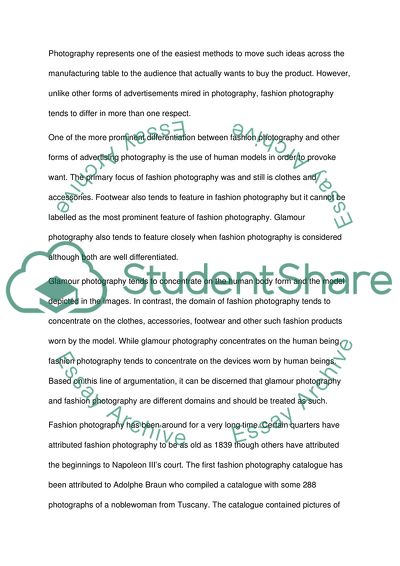Cite this document
(“Fashion photography and lens based images Essay”, n.d.)
Fashion photography and lens based images Essay. Retrieved from https://studentshare.org/visual-arts-film-studies/1596263-fashion-photography-and-lens-based-images
Fashion photography and lens based images Essay. Retrieved from https://studentshare.org/visual-arts-film-studies/1596263-fashion-photography-and-lens-based-images
(Fashion Photography and Lens Based Images Essay)
Fashion Photography and Lens Based Images Essay. https://studentshare.org/visual-arts-film-studies/1596263-fashion-photography-and-lens-based-images.
Fashion Photography and Lens Based Images Essay. https://studentshare.org/visual-arts-film-studies/1596263-fashion-photography-and-lens-based-images.
“Fashion Photography and Lens Based Images Essay”, n.d. https://studentshare.org/visual-arts-film-studies/1596263-fashion-photography-and-lens-based-images.


